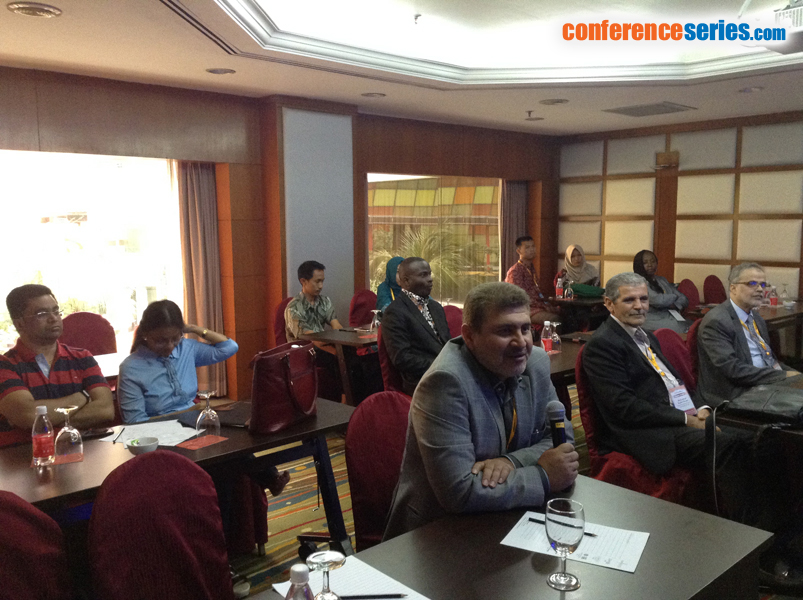
Mohammad Saaid Dayer
Tarbiat Modares University, Iran
Title: Therapeutic effects of Lucilia sericata maggots and larval salivary secretion on cutaneous leishmaniasis wounds and its causative agent (Leishmania major) using BALB/c mice as animal model
Biography
Biography: Mohammad Saaid Dayer
Abstract
Cutaneous Leishmaniasis is an endemic disease in Iran and many parts of the world. The pentavalent antimonials as first-line drugs are losing efficacy because of side effects, disease relapse and drug resistance. Application of Lucilia sericata maggots to diabetic and refractory wounds approved to be satisfactory for accelerating healing process. L. sericata larvae secret a mixture of antimicrobials and a group of proteolytic enzymes including serine, aspartate and metalloprotease by the digestive system, as well as salivary glands, which are effective on a wide range of bacteria and help healing process of wounds. In this study, therapeutic effects of L. sericata maggot and its salivary secretion were evaluated in vivo and in vitro against leishmanial ulcer and agent respectively using BALB / c mice as animal model. Mice were inoculated with promastigotes and kept for 28 days until the emergence of early ulcers. The mice were then underwent 3 treatments; with glucantime only, glucantime plus maggot and maggot alone. The control and treated mice were monitored for 5 weeks during and wound diameters were measured on a weekly basis. Also, the effects of L. sericata salivary secretion at different concentrations were tested on amastigote contaminated macrophage and promastigots after 24 hours incubation. Data were analyzed using Kolmogorov-Smirnov test and ANOVA T- test. Significant difference (p<0.05) was observed between treated groups in terms of wounds diameters. Control mice had actively progressing ulcers, while treated mice had shrinking and healing wounds upon maggot therapy. The results showed that the use of salivary secretion of L. sericata significantly reduced the average number of infected macrophages as well as the number of amastigotes in them compared with the control group (P <0.05). The mean percentage of infected macrophages at the highest concentration of 250 μl / ml, the lowest concentration of 25 μl / ml and the control group were 16, 42.6, and 70.4 respectively. The average number of amastigotes in 100 macrophages at the highest concentrations (250 μl / ml), the lowest concentration (25 μl / ml) and the control group were 80.4 163.3, and 204.9 respectively. Maggot therapy can not only reduce parasitic burden of ulcers but also accelerate wound closure and healing. Salivary secretion of Lucilia larvae is more likely to reduce macrophage contamination and the number of amastigotes present in them. Further clinical trials are required to evaluate the efficacy of maggot therapy for leishmanial ulcer treatment should we recommend it as alternative therapy to chemical drugs.






